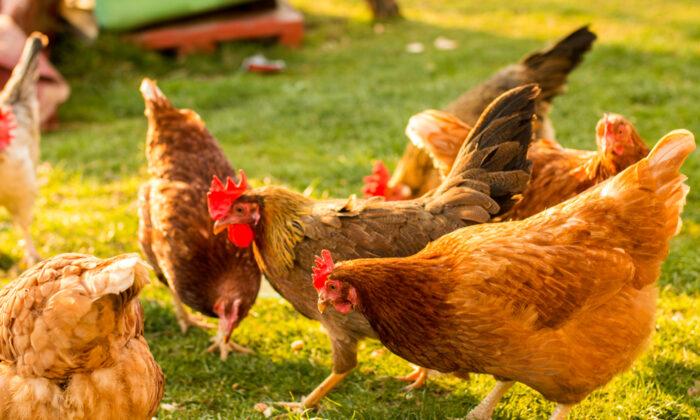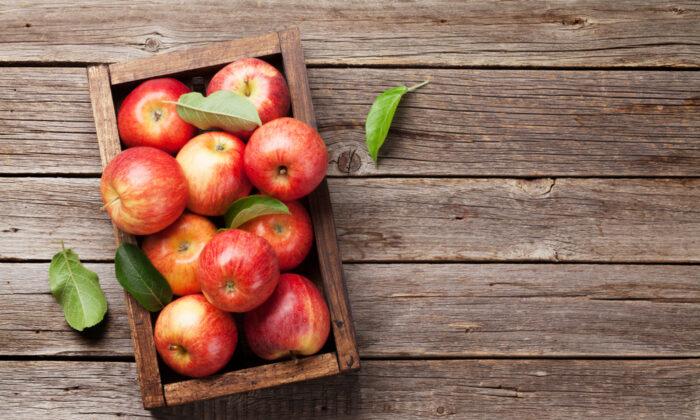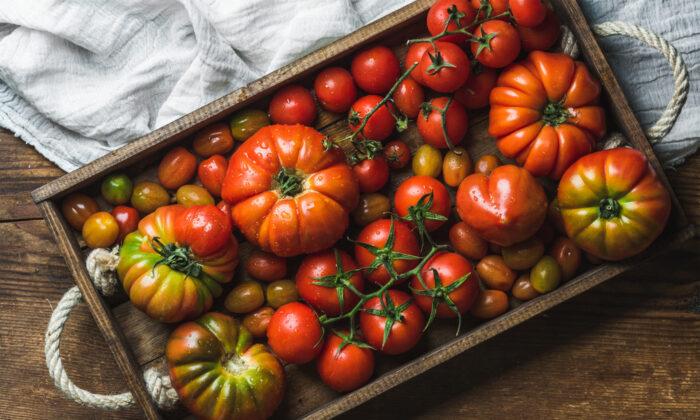Urban and suburban residents have a newfound interest in backyard chicken keeping. Though this interest has seen a gradual rekindling over the past decade, it was accelerated by the pandemic, supply chain issues, and a growing general desire for more food security and self-reliance, and is now moving full steam ahead.
Let’s Talk Legality
Check with your city’s Code of Ordinances to figure out if chickens are allowed in your town. Each city has varying rules regarding the location of structures, the number of fowl you can keep, and butchering laws, and some cities even require classes to be taken and inspections to be conducted before providing permits to allow raising chickens. The city we live in, for instance, only allows us to have three hens and requires that we be present while the hens are free ranging, while a few towns over, the limit is six chickens, and they are allowed to free range without any supervision.Chickens are flock animals and therefore prefer to be in groups. Personally, a flock of three is the minimum I'd recommend, as they keep each other safe and warm in the cooler months, but your city laws will determine your situation.
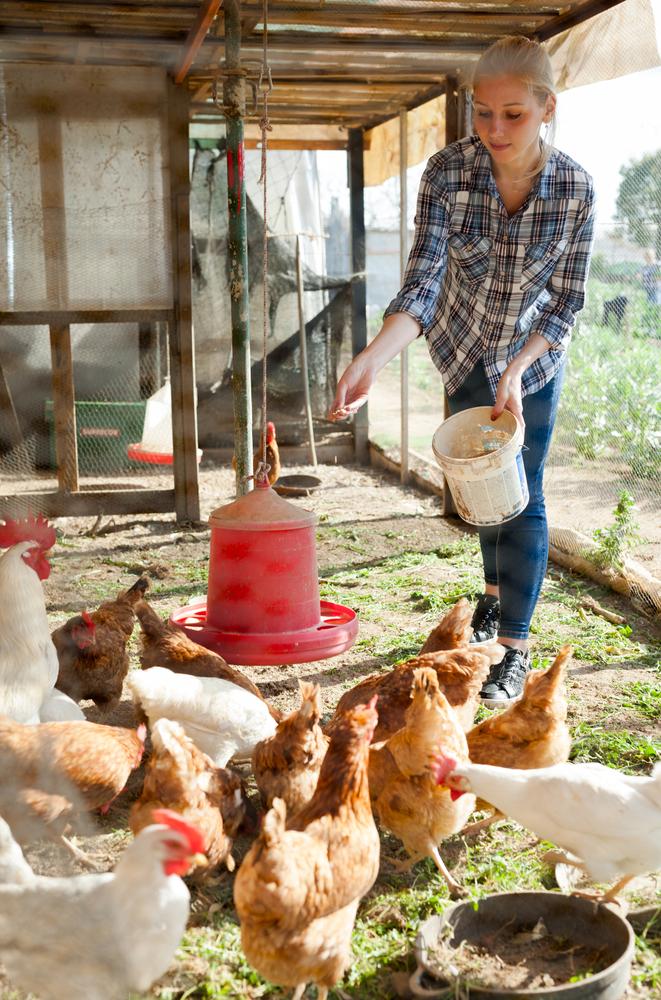
Let’s Talk Space
You may be surprised by how little space you need to raise egg-laying chickens. Pre-built coops and coop building plans typically note the number of chickens they are made for. If you live in a cold climate, an insulated coop or the addition of a heat source is recommended for the winters, as the nights drop into the negative degrees.Let’s Talk Cost
The initial cost of set-up is the largest. It’ll vary greatly depending on the size of flock you want, your climate (does it need insulation?), and if you build your own or buy pre-made (or used), but generally, a small pre-made coop starts around $200 and a run can be built for a couple hundred more, depending on size.You’ll need a feeder and waterer for around $15, and a heater if you raise from chicks, which sell for around $50. Keep in mind that the coop, feeder/waterer, run, and heater can be used for many years to come.
Let’s Talk Eggs
The number of eggs that a hen lays each year is dependent on the breed. My three hens combined lay nearly 800 eggs each year. The color of the egg also depends on the breed. Chicken eggs come in gorgeous shades of white, blue, green, pink, cream, brown, and even black.Chickens typically lay about 10 months out of the year, unless they are supplemented with light during the winter months. They also do not lay their entire lives. Hens are best at producing eggs for the first two or three years of their lives, then production slowly tapers off as the years pass.
And no, you do not need a rooster to have eggs, but you do need a rooster to fertilize the eggs in order to have chicks. Most cities don’t even allow you to keep roosters, only hens.
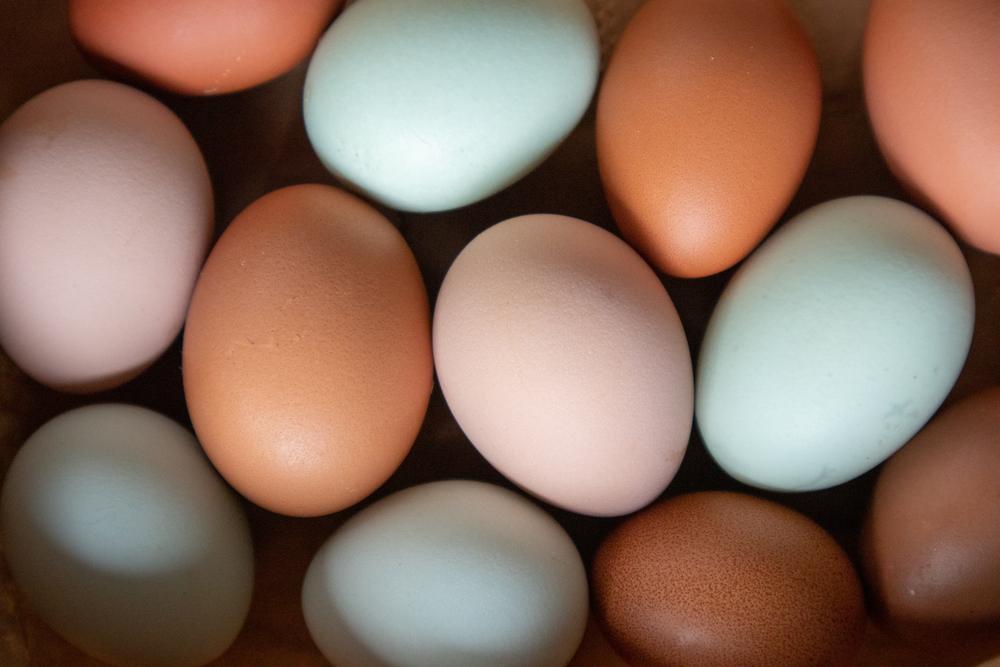
Let’s Talk Cleanliness
Chickens poop ... a lot. And yes, it does smell. That said, the coop only needs to be cleaned about once a week to keep odor under control, and the cleaning process of removing soiled bedding and adding new materials really doesn’t take long. The soiled bedding can be composted, which will eventually turn into nutrient-rich material that your garden will love. A cleaned pen should not have much smell, but it is a consideration to keep in mind when deciding on the location of the coop in your yard.Let’s Talk Noise
When most people think of chickens, they might get an image of a rooster crowing at the crack of dawn. Roosters aren’t the only noisy ones; I was surprised at how noisy my hens were. They are especially vocal after one of them lays an egg, hooting and hollering as if cheering each other on after each success. I thought something was wrong the first few times, but quickly learned that it’s completely normal and their way of celebrating the accomplishment.They also have periods of very loud bocking, which I imagine is their way of telling me it’s time to let them out of their chicken run or to bring them some of our kitchen scraps. However, most of the time, the ladies are completely content roosting in the corner or sunbathing in a dirt bath.
Let’s Talk Boundaries
Chickens have none. They scratch around in my mulched landscaping, they hop up onto the top of my daughter’s swing set, and they can demolish a leafy garden bed in a blink of an eye. They do seem to learn a bit about what’s allowed and what’s not as time goes on—inexpensive garden fencing definitely helps—but they are sneaky and go for what they want.This means it’s important to note that many garden flowers and other plants can be toxic to chickens—as well as dogs and cats—so do your research and make sure everything growing in your garden is edible and safe.
I absolutely love letting my chickens out in the morning while I enjoy a hot mug of coffee and explore my gardens. They now know to stay out of the beds where my vegetables and flowers grow (not to say they don’t sometimes get carried away), but they know that I am happy to share my kale, Swiss chard, collard greens, and lettuce with them.
Their fresh eggs are more nutritious than any store-bought ones, and the chickens themselves have added a level of enjoyment to our lives that we didn’t expect.

